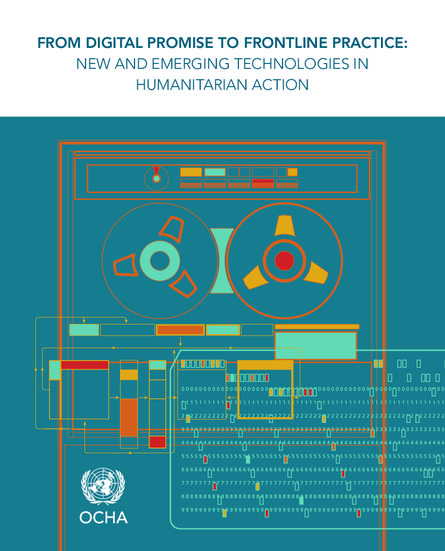
This study examines opportunities for solving technology-related problems across the humanitarian programme cycle, challenges posed by new and emerging technologies in humanitarian contexts, and enablers of technology in the humanitarian sector.
It is divided into three main sections:
- The first section highlights key opportunities and challenges of individual technologies identified as particularly relevant for transforming the delivery of humanitarian assistance in the coming years.
- The second section delineates seven interconnected and mutually reinforcing enablers for the adoption of new and emerging technologies in humanitarian action. Broadly aligned with the recommended actions in the Secretary-General’s Roadmap for Digital Cooperation,12 these enablers can create the underlying conditions that will allow humanitarian actors to effectively deploy technology solutions.
- The third section covers a set of recommendations drawn from the framework of enablers that will apply to many of the humanitarian actors designing, carrying out, evaluating or supporting projects, programmes and policies with a technology component. Many of these recommendations also support transformations underway across the sector to make responses more anticipatory, long-term, coordinated, and people centred.
